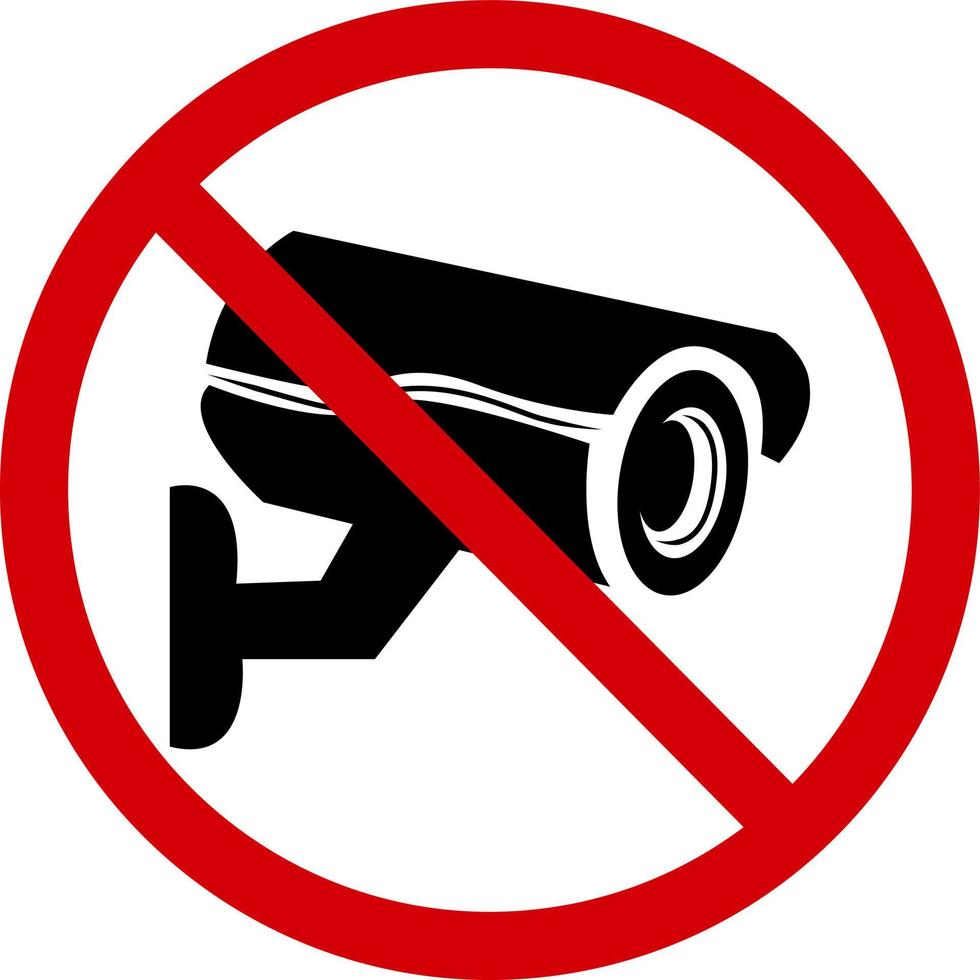

As a final thought, why is protection from malicious apps from the play store being performed on the phone instead of in the store?
In addition, why is known spyware on the top of the recommended list if I were to open the play store: temu, snapchat.
Or getting pissy if I use an ad blocker when their platform has served malicious ads.






https://x.com/realDonaldTrump/status/1142157838153895941?mx=2
They were setting the stage for this in his first term.